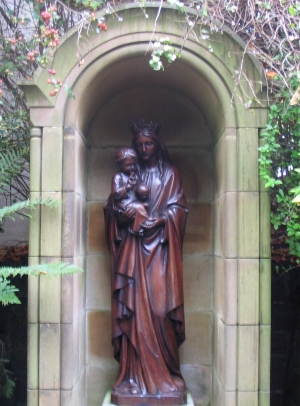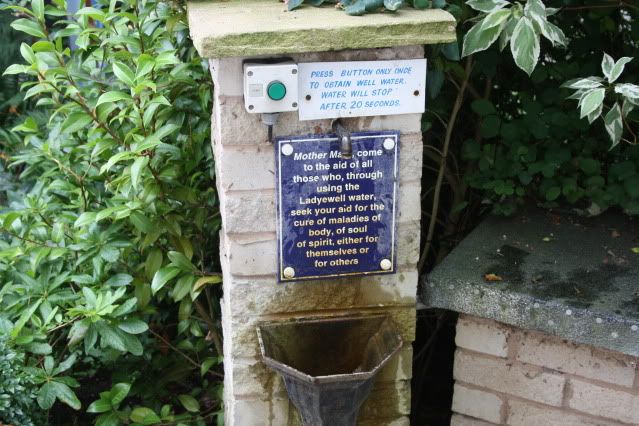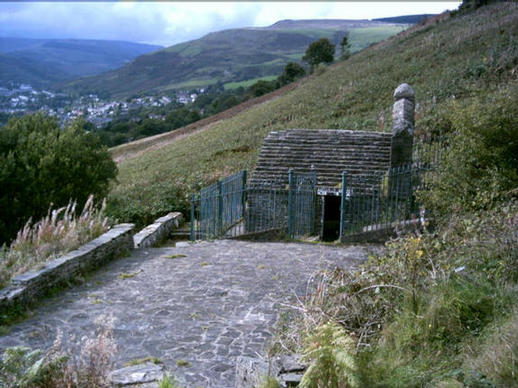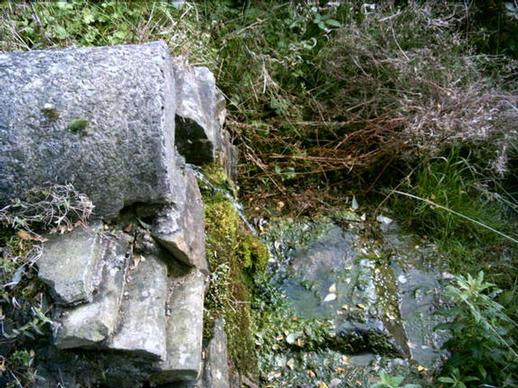The Shrine of Our Lady of Willesden in London was a popular place of pilgrimage
in the later middle ages, but like so many other pilgrimage shrines,
its statue was removed and destroyed at the Reformation.
Devotion to Our Lady was rekindled in the Anglican Church by the Oxford Movement
and the Shrine at Willesden was refounded,
with a striking Black Madonna
being installed in 1972.
The history of the Shrine and the Church can be read here.
The history of the Shrine and the Church can be read here.














